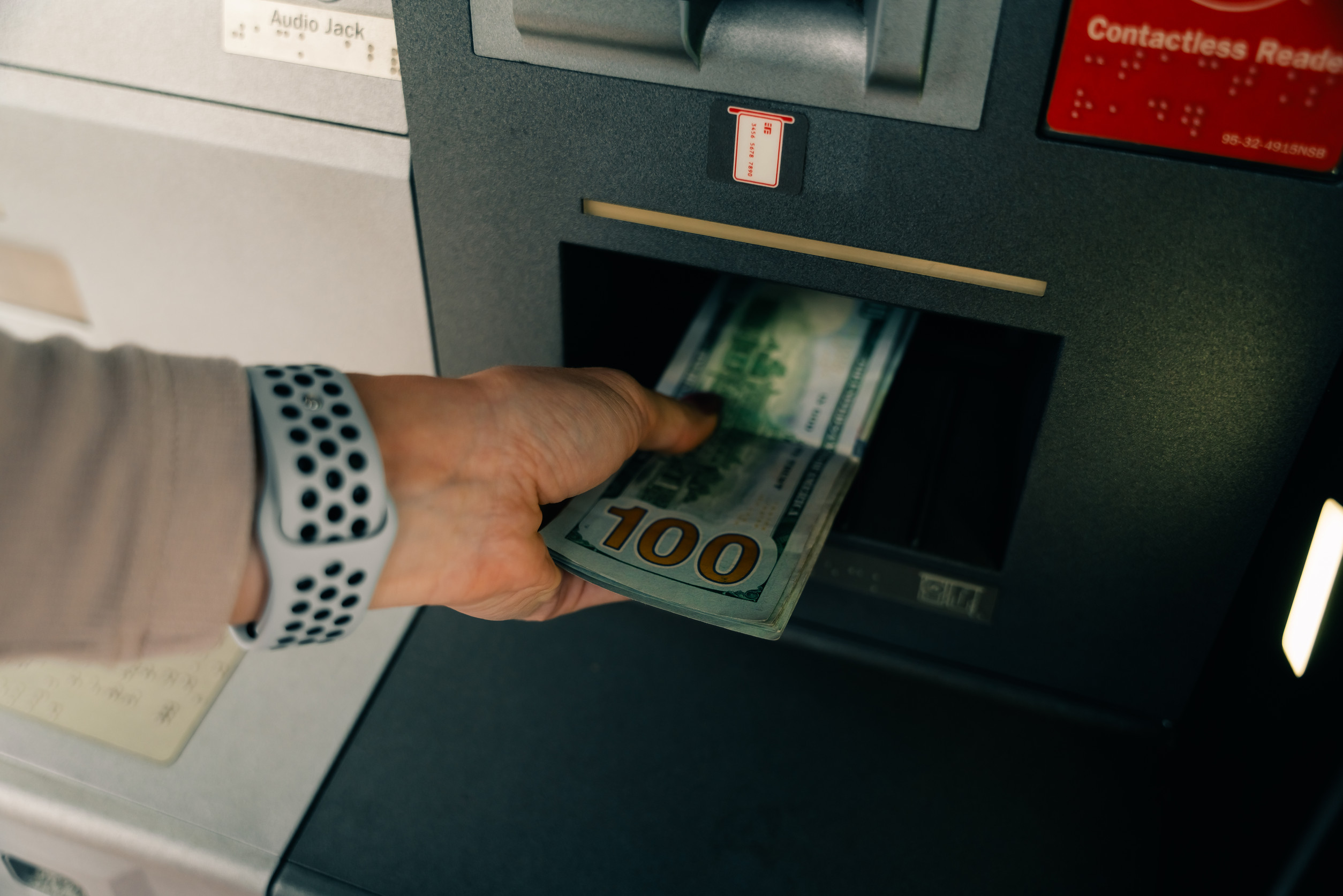Financial giants have always found clever ways to stay afloat, even when their products land them in hot water. When legal trouble strikes, many companies opt for a fresh start, scrubbing old names and reputations to win back wary investors and consumers.
This strategy has turned once-toxic products into seemingly new offerings that often thrive under different branding. These stories serve as a cautionary tale about the power of marketing and the public’s short memory.
1. Wells Fargo Grows from Fake Accounts Scandal
Wells Fargo’s infamous fake accounts scandal rattled the banking industry and cost the company billions in fines and settlements. The bank responded by quietly retiring specific product lines tied to unauthorized accounts and relaunching its retail banking services under new branding promises. New campaigns highlighted stricter oversight and customer-first slogans to distance the bank from its fraudulent past. The rebranding extended to its financial products like checking and savings accounts, which now emphasize transparency and trust. Despite the scandal, Wells Fargo has managed to regain some customer confidence through persistent rebranding efforts.
2. Countrywide Becomes Bank of America Home Loans
Countrywide Financial was once America’s largest mortgage lender before it became the face of the subprime mortgage meltdown. After lawsuits and massive settlements over predatory lending, Bank of America acquired Countrywide and swiftly retired the toxic name. The troubled mortgages were absorbed into Bank of America’s broader home loan division, rebranded with the promise of better practices. This shift helped Bank of America distance itself from Countrywide’s disastrous legacy. The name Countrywide vanished, but its impact on the 2008 crisis remains a grim lesson in reckless lending.
3. AIG’s Life Insurance Revamps After Bailout
American International Group (AIG) faced outrage when its risky financial products triggered a historic government bailout during the financial crisis. To recover, AIG sold off or rebranded divisions, including its life insurance and retirement products. Many of these products were renamed under new subsidiaries like VALIC and Corebridge Financial to erase the stigma. The revamped products promised conservative investing and long-term security to calm anxious policyholders. This strategic rebranding helped AIG weather years of lawsuits and public anger.
4. Wachovia Folds Into Wells Fargo
Before Wells Fargo acquired it, Wachovia was embroiled in lawsuits over shady lending practices and allegations of money laundering. The bank’s tarnished reputation made it unviable as a standalone brand. Wells Fargo stepped in and absorbed Wachovia’s financial products, rebranding them under its own corporate umbrella. Mortgages, checking accounts, and investment services once labeled Wachovia were reintroduced as Wells Fargo offerings. This allowed Wells Fargo to expand its reach while burying Wachovia’s legal troubles in the past.
5. MBNA Becomes Bank of America Credit Cards
MBNA was once the world’s largest independent credit card issuer, but aggressive marketing tactics and lawsuits over deceptive fees damaged its standing. Bank of America acquired MBNA and dissolved the brand, absorbing its credit card portfolio. These cards were relaunched as Bank of America credit products with revamped terms and conditions. The new branding focused on responsible lending and consumer protection. Today, few cardholders realize their Bank of America cards trace back to MBNA’s controversial playbook.
6. Lehman Brothers Assets Morph into Barclays Products
Lehman Brothers collapsed spectacularly in 2008, unleashing a storm of lawsuits from investors and creditors. After bankruptcy, parts of Lehman’s wealth management and brokerage operations were acquired by Barclays. Barclays rebranded these services under its own investment banking and wealth management divisions. Clients once served by Lehman were transitioned into Barclays products, promising stability and global reach. While the Lehman name is gone, its former products live on under new British ownership.
7. Washington Mutual’s Mortgages Become Chase
Washington Mutual, or WaMu, crumbled during the mortgage crisis under a mountain of bad loans and legal challenges. When JPMorgan Chase acquired WaMu’s assets, it erased the WaMu brand entirely. Home loans and banking products were reintroduced as Chase offerings, emphasizing responsible lending practices. This rebranding helped Chase expand its mortgage footprint while distancing itself from WaMu’s foreclosure disaster. Today, many homeowners hold mortgages that were once WaMu loans, unaware of their turbulent origin.
8. General Electric Capital Shifts to Synchrony Financial
GE Capital faced legal scrutiny and massive settlements for misleading credit card practices and discriminatory lending. To mitigate reputational damage, GE spun off its consumer credit arm as Synchrony Financial. Synchrony rebranded the same private-label credit cards with a renewed focus on compliance and customer trust. Retail partners like Amazon and Lowe’s continued offering the cards under Synchrony’s new name. This move allowed GE to exit consumer finance quietly while Synchrony built a fresh brand identity.
9. American Home Mortgage Assets Find New Life
American Home Mortgage was one of many casualties of the subprime mortgage implosion, leaving behind mountains of lawsuits and unpaid creditors. After bankruptcy, parts of its mortgage servicing operations were sold off and rebranded under different companies. These mortgages continued under new names like AHMSI and Homeward Residential, promising better loan servicing and borrower support. By changing names and owners, the toxic legacy was diluted for unsuspecting homeowners. Rebranding made it possible to collect payments on troubled loans without the stigma of American Home Mortgage.
10. Prudential Securities Reborn as Wachovia Securities
Before Wachovia’s own troubles, it played the role of a savior for Prudential Securities, which faced lawsuits over fraudulent analyst research and biased investment advice. Wachovia acquired Prudential’s brokerage operations and rebranded them as Wachovia Securities. The new entity claimed stronger compliance and unbiased financial guidance. This helped erase memories of Prudential’s legal headaches, at least until Wachovia itself faced legal fire. Eventually, these products would be folded into Wells Fargo, completing a cycle of rebranding after lawsuits.
The Power of a New Name
These examples show that in the financial world, a new name can be a powerful shield against a damaged past. Companies bet on the public’s short memory and the effectiveness of marketing to revive products that once attracted costly lawsuits. While rebranding can restore investor and consumer confidence, it also raises questions about accountability and transparency.
The next time a shiny new financial product appears, it pays to ask what name it used to wear. Share any thoughts or examples of rebranded products that come to mind in the comments below.
Read More
10 Political Scandals That Shattered Public Trust for Good
9 Self-Help Gurus Who Have Quietly Filed for Bankruptcy


